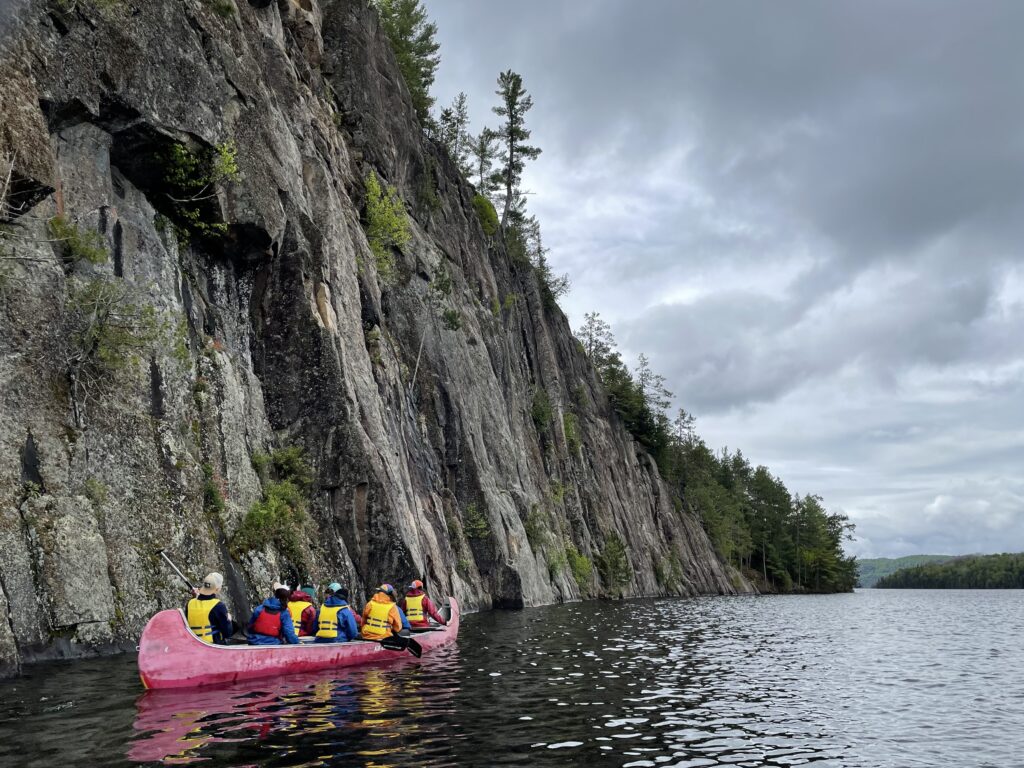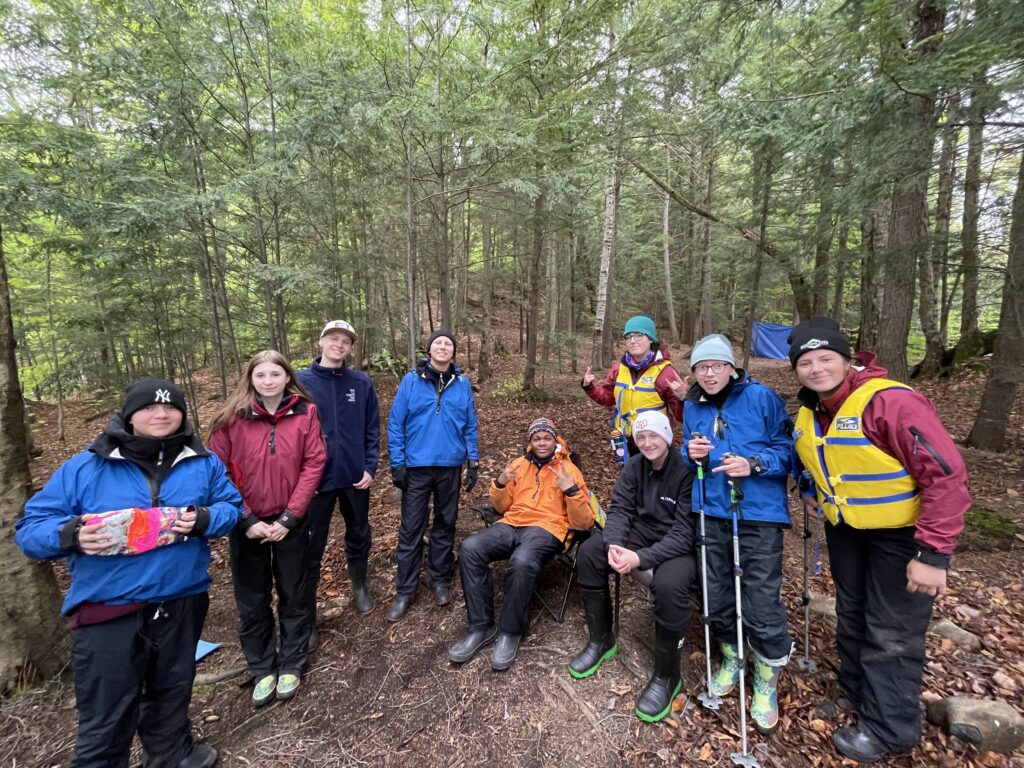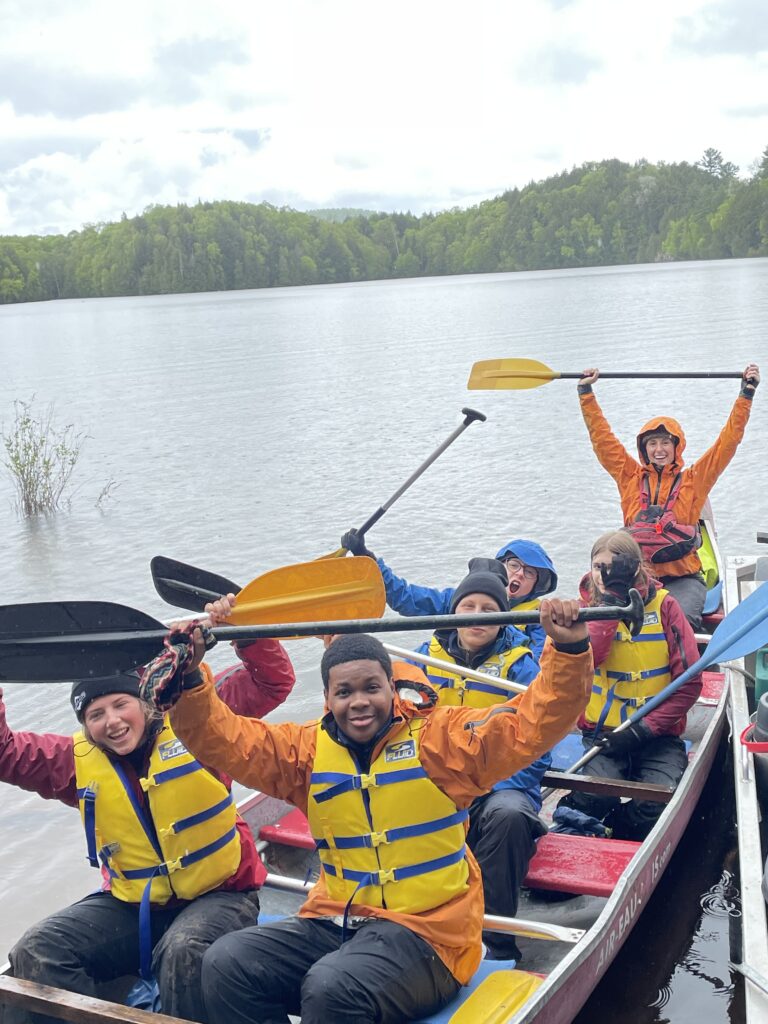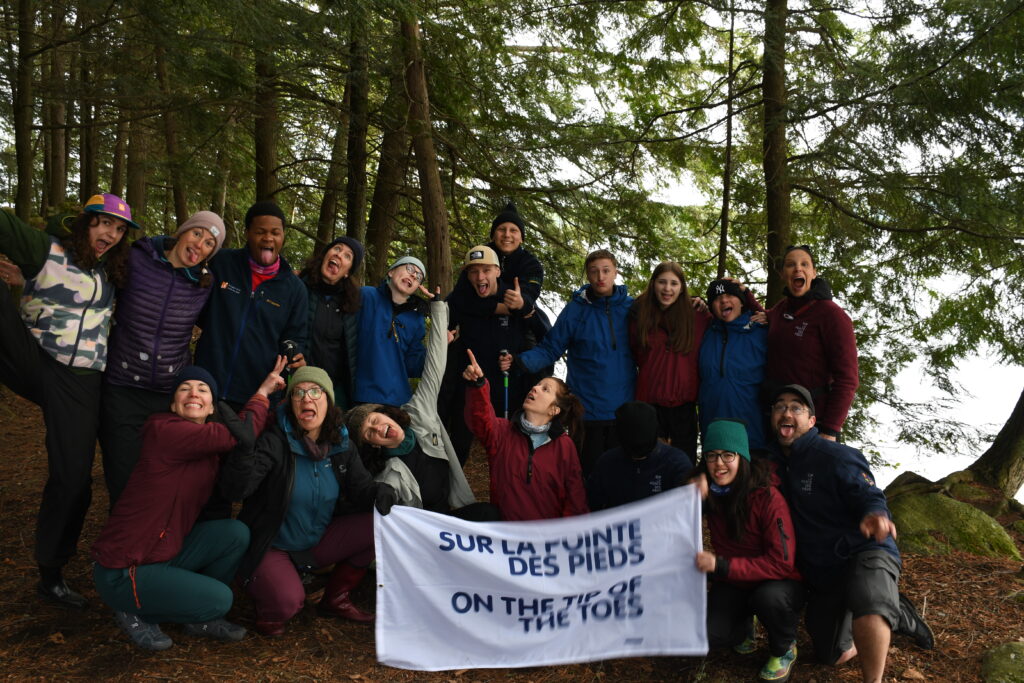Date of the Expedition
From May 22 to May 25, 2025
Activity
Voyageur canoe
Place
Poisson Blanc Reservoir, QC
Age Group
14 to 18 years old
- Undergoing Treatment*
Number of Participants
10
Description
This expedition offered group of teenagers undergoing treatments the chance to join a voyageur canoe expedition on the great Poisson blanc reservoir in Quebec.



